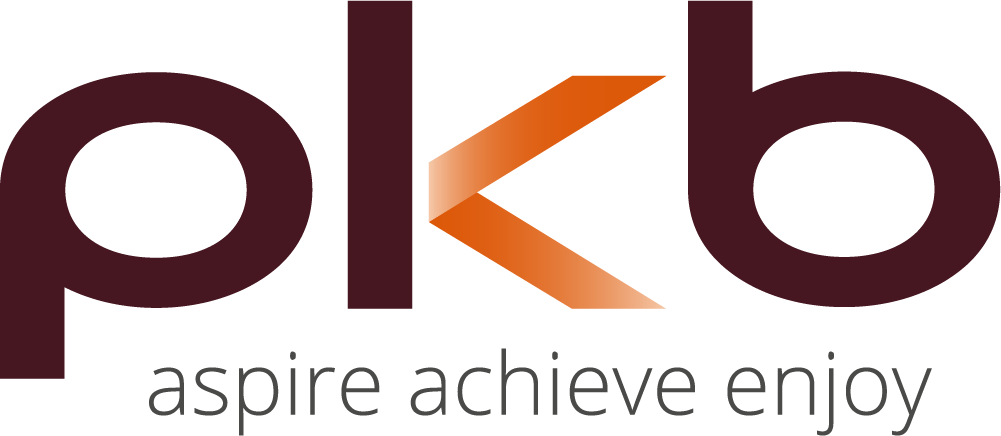HMRC has recently updated their Enterprise Investment Scheme – EIS guidance and Seed EIS rules. The outcomes is that investors will potentially be able to take advantage of a number of generous tax breaks. This is fantastic news for companies who are looking to attract investors to buy shares in their business.
Under the EIS, companies can raise up to £5 million each year, with a maximum of £12 million raised in the company’s lifetime. This also includes amounts received from other venture capital schemes. The company must receive investment under a venture capital scheme within seven years of its first commercial sale.
EIS rules
The size of the issuing company is crucial as the company and any qualifying subsidiaries must:
- Not have gross assets worth more than £15 million before any shares are issued, and not more than £16 million immediately afterwards.
- Have less than 250 full-time equivalent employees at the time the shares are issued.
The investment must meet the “risk to capital” condition, which means:
- The company must use the money for growth and development. This means the company will use the investment to grow things like its revenue, customer base or number of employees.
- The investment must be a risk to the investors’ capital.
There are several other complex rules that need to be followed in order for investors to claim and keep EIS tax reliefs relating to their shares. Tax reliefs will be withheld or withdrawn from the investors if they, and the company, do not follow the rules for at least three years after the investment is made.
Applying for EIS
It’s advisable to apply for Advance Assurance from HMRC to ensure that you’re EIS qualified before issuing any shares. For further information about this, please head to the gov.uk website.
Seed EIS
Seed EIS (SEIS) is designed to encourage investment in small start-up companies. Like EIS, it provides a number of tax breaks for individuals who buy new shares in a company. The company must not have been trading for more than two years when the SEIS shares are issued.
Only the first £150,000 of share capital raised by the company qualifies for Seed EIS relief. However, this can form part of a larger share issue with subsequent share issues qualifying for EIS relief up to a £5 million annual limit.
Like EIS, the tax reliefs will be withheld, or withdrawn, from investors if the rules are not followed for at least three years after the investment is made.
There is a key condition that the company is an unquoted company carrying on, or preparing to carry out, a qualifying trade at the time that the shares are issued.
Another important condition to qualify under Seed EIS is that the company and any of its subsidiaries must:
- Not have gross assets over £200,000 when the shares are issued.
- Not be a member of a partnership.
- Have less than 25 full-time equivalent employees in total when the shares are issued.
Again, it’s advisable to apply for Advance Assurance from HMRC before issuing any shares.
Tax Breaks for EIS Company Investors
Investors who are not connected with the company may claim income tax relief of 30% of the amount that they invest in qualifying EIS companies. This is up to £1 million each tax year (or up to £2 million if at least £1 million of that is invested in knowledge-intensive companies). Thus, a £10,000 investment would result in a £3,000 reduction in the investor’s income tax liability.
The connected persons tests are complicated. For example, directors cannot claim EIS tax relief if, at the time the shares are issued, they are a paid director of the company – unless the payment is a ‘permitted payment’.
They may, however, become a paid director after their investment under the ‘business angel’ rule.
Provided the shares are held for at least three years, the income tax relief is retained and any gain on disposal of the shares would be exempt from capital gains tax.
It’s also possible to defer capital gains on any asset disposal by reinvesting the gain in qualifying EIS shares.
Tax Breaks for SEIS Company Investors
Investors who are not connected with the company can claim income tax relief of 50% of the amount that they invest in qualifying SEIS companies, up to £150,000 in each tax year. Thus, a £10,000 investment would result in a £5,000 reduction in the investor’s income tax liability.
The connected persons tests are complicated and similar to the EIS rules. However, directors can claim SEIS tax relief.
Provided that the shares are held for at least three years, the income tax relief is retained and any gain on disposal of the shares would be exempt from capital gains tax.
A further relief for SEIS investors is that 50% of the amount invested may be set against capital gains that year. Thus, a £10,000 investment would mean that the investor could deduct £5,000 from their capital gains that year in addition to the £5,000 reduction in their income tax liability.
If you would like to find out more about SEIS or EIS schemes for your business, please get in touch with PKB.
To read news and blogs from Rebecca Austin, click here >>


